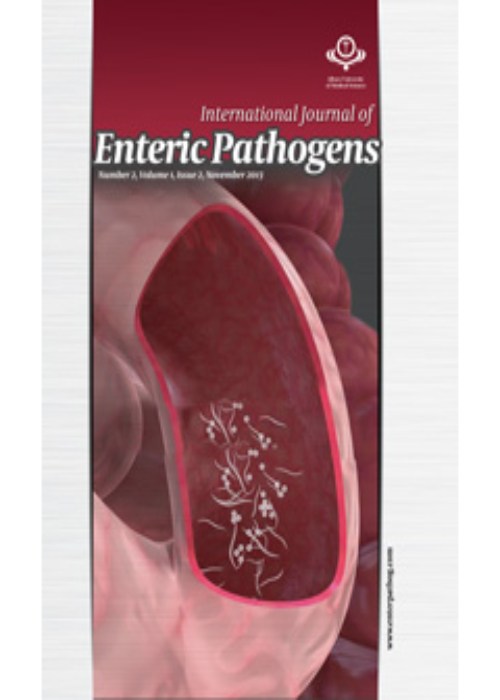A Review of Esophagitis Due to Candida Species in Human Immunodeficiency Virus (HIV) Infected Patients
Author(s):
Article Type:
Research/Original Article (دارای رتبه معتبر)
Abstract:
The present study aimed to provide an overview of epidemiology, pathogenicity, clinical diagnosis, and treatment of Candida esophagitis in human immunodeficiency virus (HIV)-infected patients. The review process involved studying all the existing literature published on this Candida infection. Esophageal candidiasis (EC) is the most common manifestation of mucosal candidiasis and patients with HIV are predominantly at the risk of this opportunistic infection. The prevalence of EC indicated diverse ranges among HIV patients in different geographic areas due to antiretroviral therapy (ART). The main factors for EC were gastric ulcers, CD4+cell count <200 cells/mL, and HIV viral load >400 cells/mL in the ART era. However, a low CD4+ cell count (<200 cells/mL) was significantly associated with EC in the pre-ART era. The interactions between the Candida virulence factor and host immune defense lead to the host responses against this fungal pathogen. During the Candida albicans invasion, secretion of candidalysin which is encoded by the hyphal gene ECE1 has a potential role in epithelial cell damage and secretion of stimulated cytokine. Early trials of the empirical antifungal therapy are recommended before an endoscopic examination. Esophageal biopsy should be considered in patients with a failure of empiric antifungal treatment as it may allow the possibility of drug-resistant Candida and other opportunistic pathogens. The first-line induction treatment of Candida esophagitis is based on oral fluconazole. The shift from C. albicans to non-albicans Candida (NAC) may be correlated with the development of fluconazole resistance and relapse or therapeutic failure in this infection. An increase in the intrinsic and acquired resistance has raised the significance of the optimal antifungal therapy for the critically ill patient. Candida esophagitis requires a systematic suspicion for early diagnosis and appropriate management of HIV infected patients in order to prevent delayed treatment related to undesirable morbidity or even mortality scores.
Language:
English
Published:
International Journal of Enteric Pathogens, Volume:6 Issue: 4, 2018 Nov
Pages:
84 to 88
magiran.com/p1922661
دانلود و مطالعه متن این مقاله با یکی از روشهای زیر امکان پذیر است:
اشتراک شخصی
با عضویت و پرداخت آنلاین حق اشتراک یکساله به مبلغ 1,390,000ريال میتوانید 70 عنوان مطلب دانلود کنید!
اشتراک سازمانی
به کتابخانه دانشگاه یا محل کار خود پیشنهاد کنید تا اشتراک سازمانی این پایگاه را برای دسترسی نامحدود همه کاربران به متن مطالب تهیه نمایند!
توجه!
- حق عضویت دریافتی صرف حمایت از نشریات عضو و نگهداری، تکمیل و توسعه مگیران میشود.
- پرداخت حق اشتراک و دانلود مقالات اجازه بازنشر آن در سایر رسانههای چاپی و دیجیتال را به کاربر نمیدهد.
دسترسی سراسری کاربران دانشگاه پیام نور!
اعضای هیئت علمی و دانشجویان دانشگاه پیام نور در سراسر کشور، در صورت ثبت نام با ایمیل دانشگاهی، تا پایان فروردین ماه 1403 به مقالات سایت دسترسی خواهند داشت!
In order to view content subscription is required
Personal subscription
Subscribe magiran.com for 70 € euros via PayPal and download 70 articles during a year.
Organization subscription
Please contact us to subscribe your university or library for unlimited access!


